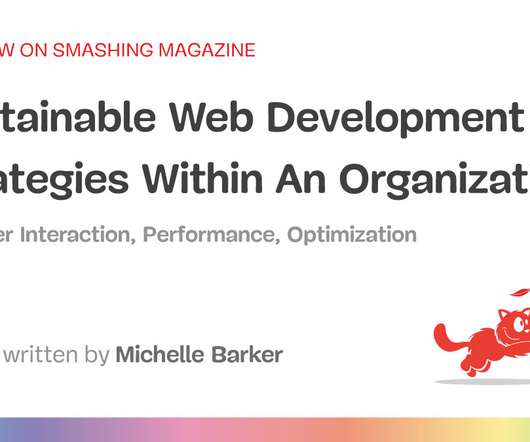The Ultimate Guide to Database High Availability
Percona
JUNE 22, 2023
To make data count and to ensure cloud computing is unabated, companies and organizations must have highly available databases. A basic high availability database system provides failover (preferably automatic) from a primary database node to redundant nodes within a cluster. HA is sometimes confused with “fault tolerance.”





















Let's personalize your content